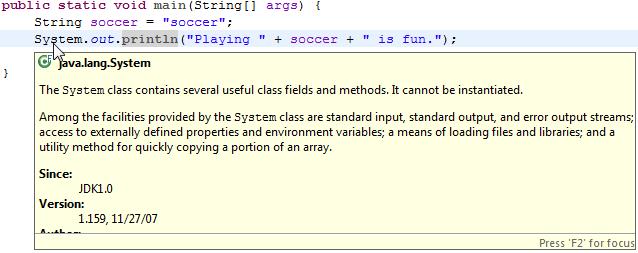When working on different branches in Eclipse, you’ll often find yourself wondering if you’re working in the right workspace for the right branch. This is especially an issue if you have multiple Eclipse instances open and you’re working on different branches of the same codebase, eg. dev, fix, release and feature branches.
There are a number of features in Eclipse that can help you distinguish which window belongs to which branch, including naming your workspace, naming perspectives and colouring your window.
Most features don’t show you the actual branch (ie. its name as it exists in the SCM) but they enable you to manually mark a workspace as belonging to a branch.
